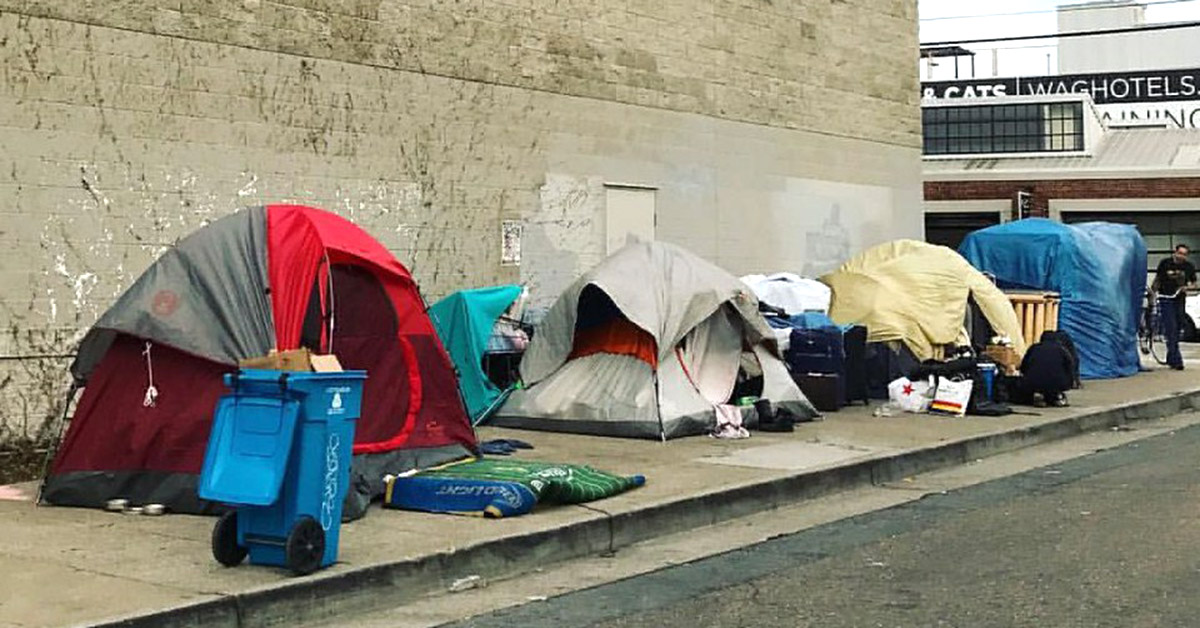It is incredibly hard to be healthy if you’re homeless. Staying safe is a constant struggle, as is finding decent food to eat. Medicines are lost or stolen. You can die from the cold or the heat and you’re at higher risk for a variety of diseases, as well as substance use issues.
Being homeless lowers life expectancy by 30 years compared to someone with a stable place to live.
The Office of Housing and Urban Development reports that in 2017, more than 550,000 people in the U.S. “were staying in shelters or in places not intended for human habitation on a single night.” According to Wilder Research, 10,233 people in Minnesota were homeless in 2018. And children and unaccompanied youth (age 24 and younger) make up nearly half of those experiencing homelessness (46 percent). It also reports that between 2015 and 2018, “there was a considerable increase in the number of people experiencing homelessness who were not in a formal shelter.”
Most people experiencing homelessness have no health insurance or a regular doctor. When they’re ill or injured, they seek help in emergency departments (ED), and are more likely to be admitted to a hospital. This type of sporadic care isn’t ideal for people’s health outcomes or well-being. It doesn’t allow for integrated care or adequate follow-up. At the School of Public Health, faculty explore how to tackle complex care issues like these. Associate Professor Nathan Shippee, for example, looks at how the intersection of social, medical, and mental/behavioral health factors can have an impact on patient outcomes.
The cost or care is also significant. People who are homeless visit EDs an average of five times per year, with the highest users visiting weekly. Each visit costs approximately $3,700, adding up to $18,500 per year for the average user and $44,400 per year for the highest users. The hospital stays that follow these visits usually last three nights and total more than $9,000.
Communities designed to increase the well-being of people experiencing homelessness, like Envision Community in Minneapolis, have reduced inpatient visits, ED use, and days spent in the hospital among people formerly without stable housing by more than 50 percent.

